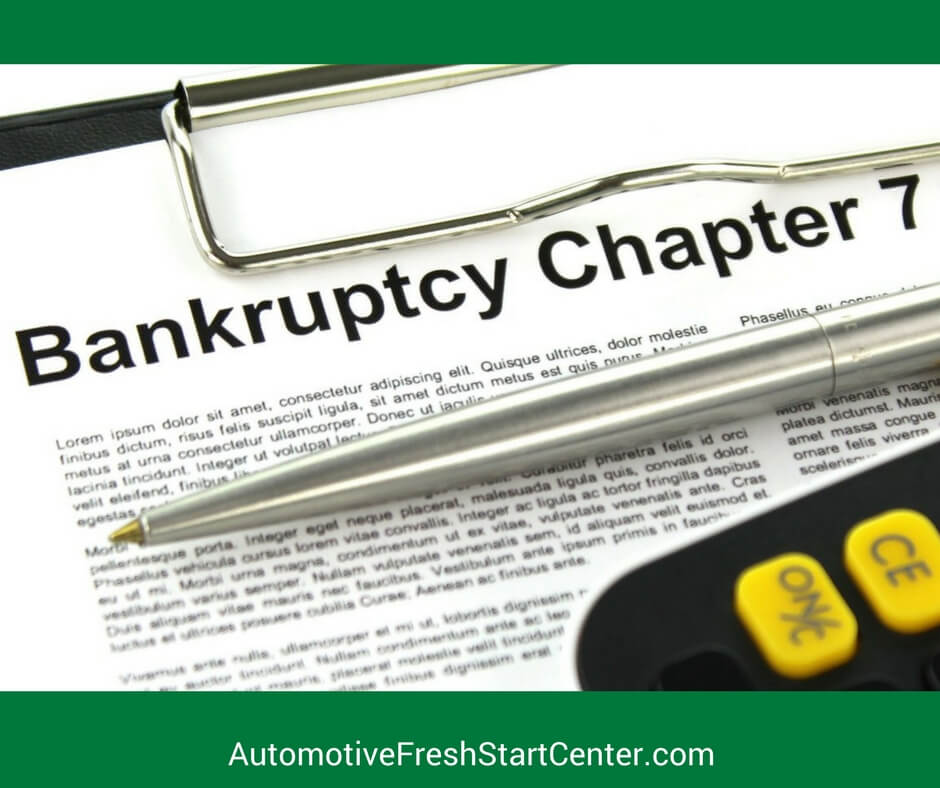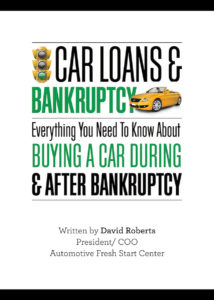
Monthly Payments
Any regular payments, such as your mortgage or car loan, that occur before you file for a Chapter 7 will be discharged. Any monthly payments that continue happening after the petition itself are also discharged, since the monthly payments began before the petition. However, the lien on the property remains in place, despite the bankruptcy filing.
Reaffirmed Debt
When you file for a Chapter 7, you have an opportunity to confirm that you still want to keep making payments so that you can keep the assets. This is called your “reaffirmed debt.” If the debt is reaffirmed, you must continue making payments beyond the bankruptcy, or else your creditors may come after the debt for any deficiencies.
Sandwiched Debt
If you acquire new debt that is sandwiched between the Chapter 7 filing and the discharge itself, this debt will not be discharged and will still remain your obligation. Again, the only exception is if this debt is part of a monthly payment plan that was in place before you filed.
Understanding different types of debt like “post-petition” and “reaffirmed debt” can be confusing and a litte abiguous at first. However, having a solid grasp on how your debts before and after filing are affected by your Chapter 7 bankruptcy will help you make better-informed decisions, and can help the process move along more smoothly.
 For people considering bankruptcy, one of the biggest fears is:
For people considering bankruptcy, one of the biggest fears is:
“What will I do about a car?”
You likely believe that once you declare bankruptcy, you will have a hard time qualifying for an automobile loan. Our eBook with walk you through everything you need to know about buying a car during and after bankruptcy. Learn about your options so you can make the best decision for your circumstances.
Automotive Fresh Start Center, LLC is NOT a debt relief agency, as defined in section 101(12A) of the Bankruptcy Code. We do not provide bankruptcy assistance. The articles, videos, images, digital products, and other content maintained on this site as well as the opinions voiced in this material are for general informational purposes only and are not intended to provide specific advice or recommendations for any individual. No information on this site constitutes legal or financial advice and should not take the place of consulting with a licensed bankruptcy attorney, debt relief agency, or certified financial advisor.
